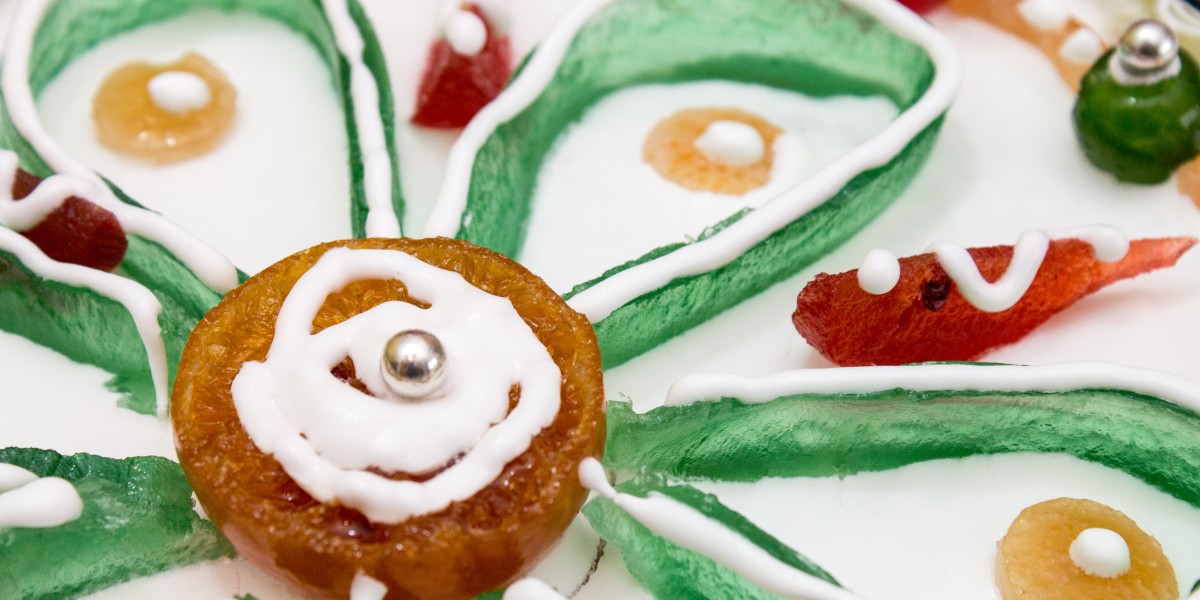
When you think of Italian desserts, your mind probably jumps straight to Tiramisù, a creamy Panna Cotta, or maybe a scoop of Gelato. They're certainly famous for a reason, but the world of Italian sweets, or dolci, goes so much deeper than the usual suspects. So let's skip the big names this time and explore the top Italian desserts you haven't tried.
What's fantastic is how fiercely regional proper Italian baking is. Many of the best recipes are completely tied to a specific place or a town's most important festival. So, think of this as a list of the real local heroes—the kinds of sweets that give you a proper taste of a place, far from the tourist-trap menus.
Seadas
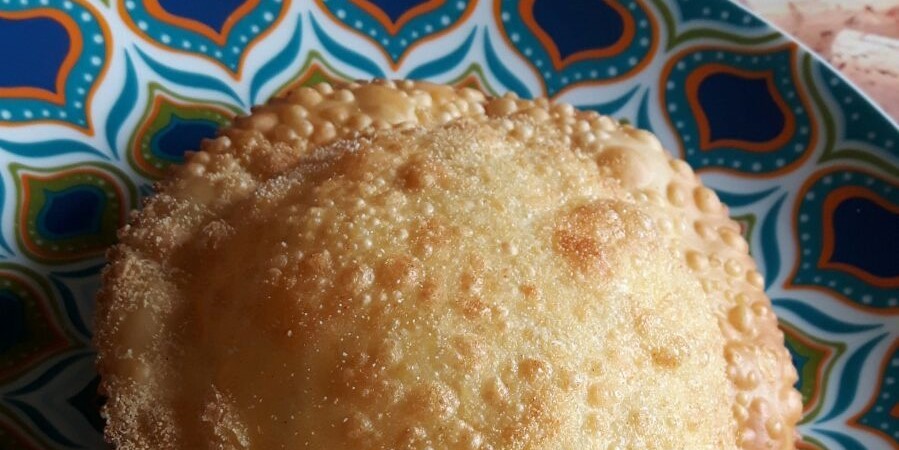
Now for a trip to Sardinia. This one is really surprising because its star ingredient is cheese. They started out as a hearty meal for shepherds, but are now served as a dessert.
Seadas are large, round ravioli made from semolina dough, filled with a mild, young pecorino cheese and a hint of lemon zest. They are then deep-fried until golden and drizzled with honey just before serving—often a bitter local honey like corbezzolo (strawberry tree honey).
Sfogliatella
This one’s a proper Neapolitan icon. The name means "little leaves," and when you see one, you’ll get why. It’s made of dozens of paper-thin layers of pastry that form a shell-like cone. Inside the crackly shell, you'll find a rich filling of semolina, creamy ricotta, and candied citrus peel. There are two types: riccia ("curly"), which is the classic shell shape, and frolla ("shortcrust"), which is a round, smoother bun with the same filling.
The story goes that it was invented by a nun in a convent on the Amalfi Coast in the 17th century. They’re traditionally eaten for breakfast, still warm from the oven, with a strong coffee.
Maritozzi
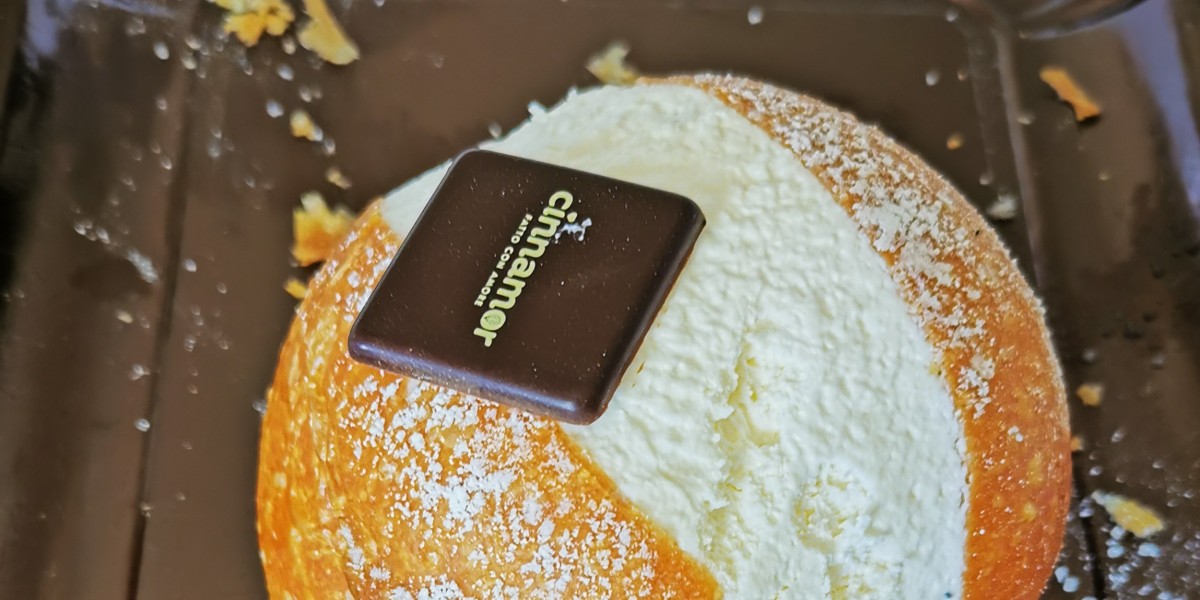
These are a Roman institution, especially at breakfast time. A maritozzo is a soft, sweet brioche-like bun, often enriched with raisins and pine nuts, that’s sliced open and filled with an almost obscene amount of thick whipped cream (panna montata).
The name has a lovely history; it comes from marito, the Italian for husband. Tradition says that on the first Friday of March, young men would give these buns to their fiancées, sometimes hiding a ring or a small gold gift inside the cream.
Bonet
This is a wonderfully rich, elegant dessert from Piedmont in the north-west and a classic Italian chocolate dessert. The name means "hat" in the local dialect, which might refer to the shape of the copper mould it was traditionally cooked.
Think of it as a chocolate crème caramel, but with a grown-up, boozy twist. It’s a set pudding made with eggs, sugar, milk, cocoa, and a splash of rum. The key ingredient that makes it unique is crushed amaretti biscuits, which are baked into the custard, giving it a distinctive bitter-almond flavour and texture.
Zabaione (or Zabaglione)
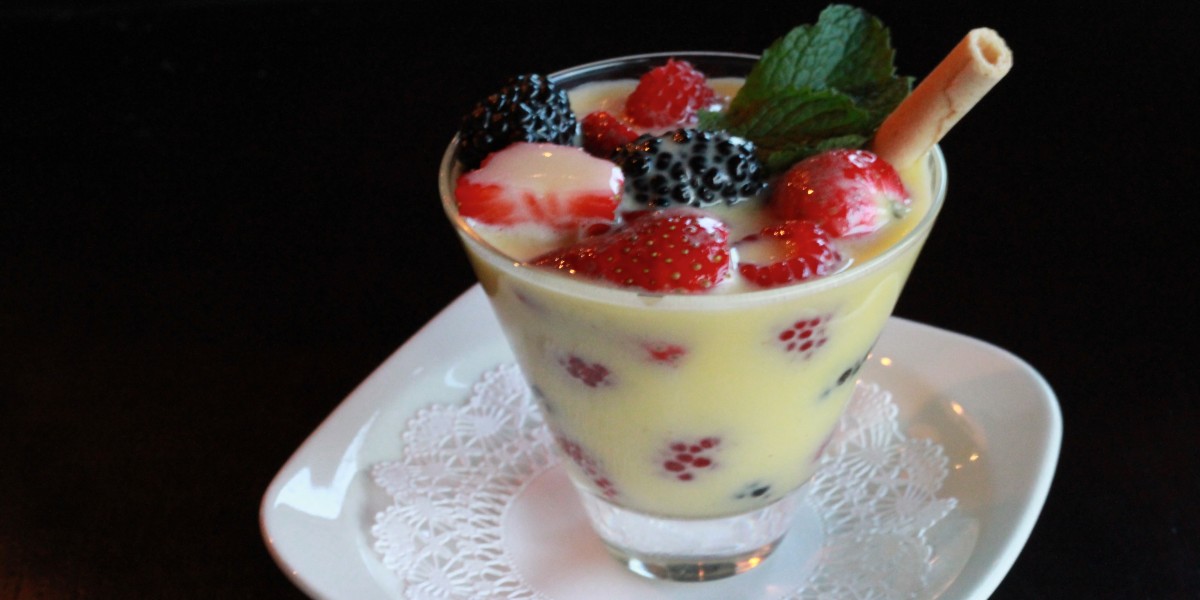
This dessert is pure, old-school Italian alchemy. It's incredibly simple in terms of ingredients, but takes a bit of elbow grease to get right.
It’s a light, foamy custard made from just three things: egg yolks, sugar, and a sweet wine, typically Marsala from Sicily. You have to whisk it constantly over a gentle heat (a bain-marie) until it transforms into a warm, airy, boozy cloud. It can be served on its own in a glass or spooned over fresh berries or a simple cake.
Cassata Siciliana
The Cassata has roots in the Arab rule of Sicily, and it’s a stunning work of edible art. It's incredibly rich and sweet, and traditionally brought out for Easter celebrations.
It consists of a round sponge cake soaked in liqueur, layered with a sweet ricotta filling dotted with chocolate chips and candied fruit. The entire cake is then covered in a layer of green-tinted marzipan, decorated with intricate icing patterns and topped with more colourful candied fruits.
Torta della Nonna
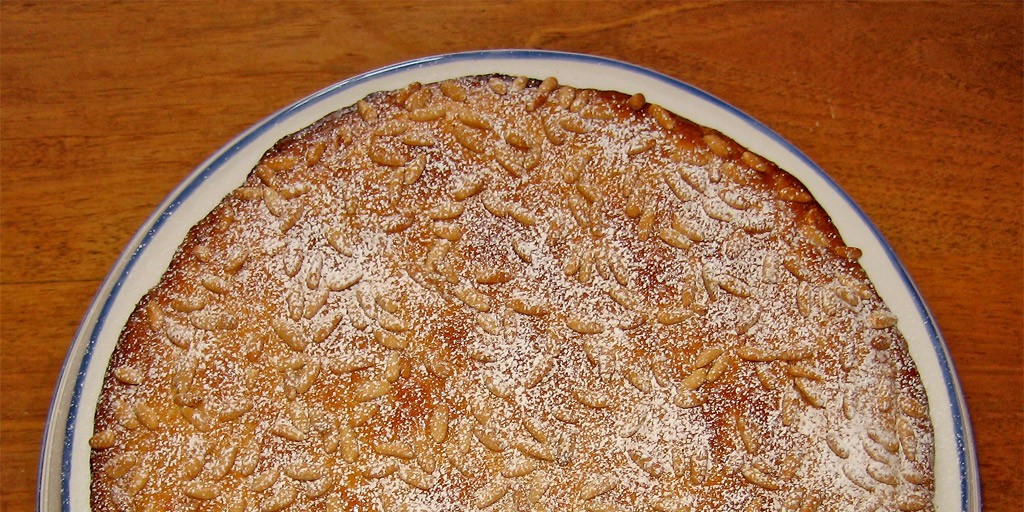
"Grandmother's cake" is the ultimate Italian comfort food dessert and a Tuscan classic. It's the kind of thing you’d expect to eat for Sunday lunch at a friend's house in the countryside.
It’s a sweet shortcrust pastry pie (pasta frolla) filled with a thick, luscious lemon-scented custard (crema pasticcera). The top is then covered with pine nuts and a generous dusting of icing sugar.
Parrozzo
This is a brilliant dessert from the Abruzzo region with a surprisingly modern history. It was invented in the 1920s by a pastry chef who was inspired by the rustic, dome-shaped corn bread (pane rozzo) made by local shepherds. He created a refined cake version using almond flour to make it moist and dense, then covered the entire dome in a thick layer of dark chocolate to mimic the burnt crust of the original bread. It was so beloved that the famous poet Gabriele D'Annunzio even wrote a verse about it.
Pastiera Napoletana
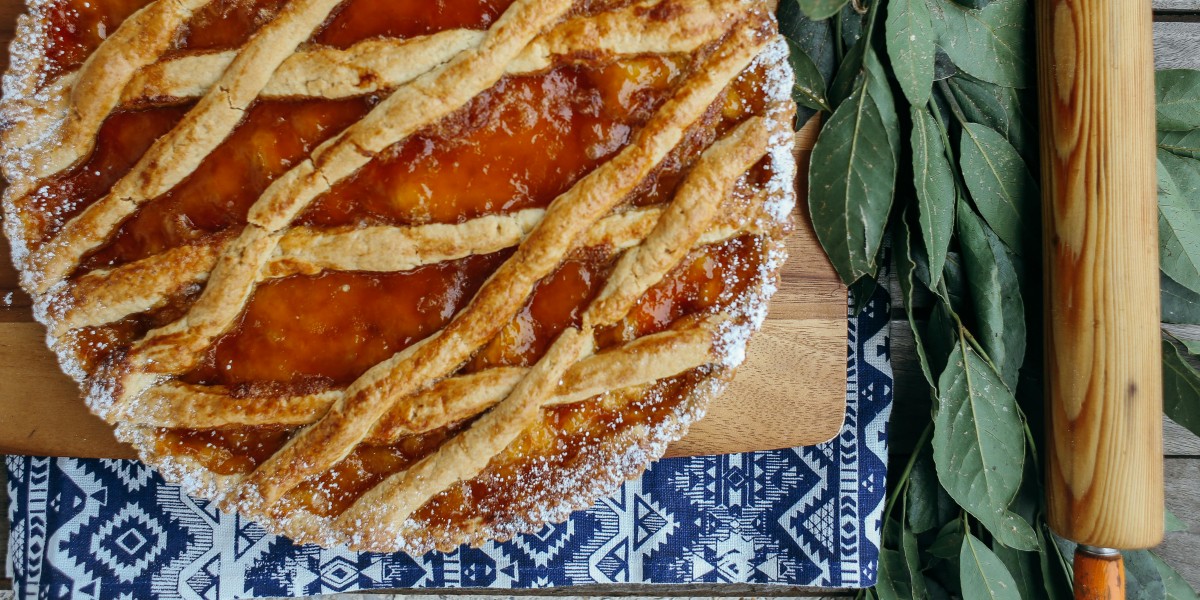
Another Neapolitan treasure, this tart is a traditional Italian Easter dessert, and its unique scent fills homes across the city in the run-up to the holiday. The filling is what makes it so special: a blend of cooked wheat berries, creamy ricotta, and candied peel, all scented with fragrant orange blossom water.
The legend behind it is lovely, supposedly linked to the mermaid Parthenope, who, enchanted by the beauty of the Gulf of Naples, gifted the locals this cake made from the treasures of the land.
Panforte
This one comes from Siena, and its history goes way back to the Middle Ages. The name literally means "strong bread," and it’s more of a dense, chewy fruit-and-nut confection than a cake.
It's packed with almonds, candied melon and citrus peels, and a powerful blend of spices like cinnamon, nutmeg, cloves, and even a touch of pepper. It was originally a high-energy food for nobles and crusaders, full of expensive, imported ingredients. It’s a classic Christmas treat, and a little slice goes a very long way.
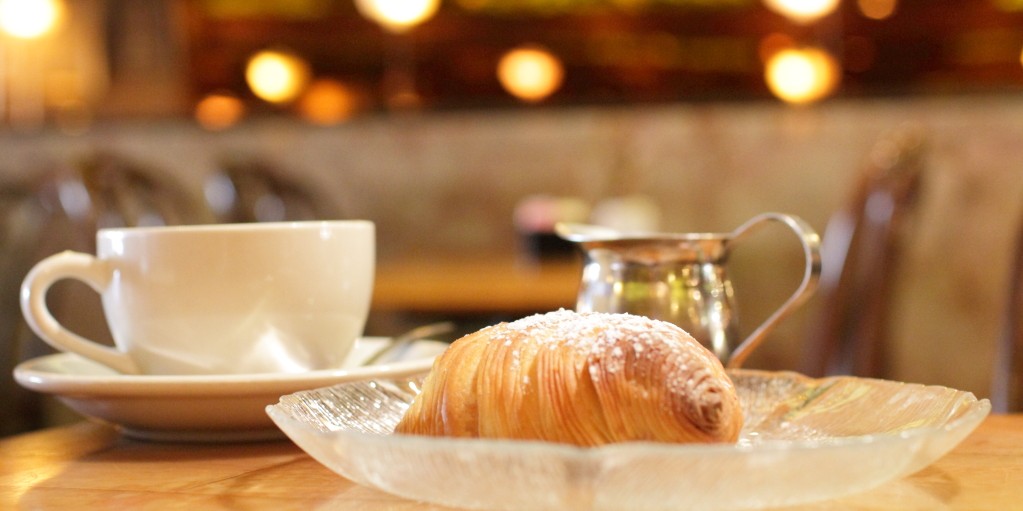
Exploring these regional recipes makes you appreciate how seriously Italians take their sweet course. It’s never just an afterthought. It's a whole culture that extends from finding the perfect little glass of Italian dessert wine to pair with a rich, nutty cake, to the national obsession with perfecting the most intensely flavoured scoop of classic Italian gelato for a warm evening.
